SOA Expert Series: OSB Workmanagers and Thread Constraints
We had a webcast by the Oracle A-Team about OSB workmanager and thread constraints recently, with very good overall feedback!
What I liked most was that many questions were answered. You can get the full list here. Everything very valuable and I recommend to read it after looking at the slides.
OSB Domains and Clusters
Let me point out one unfortunate mistake to a rather interesting question: “How do you handle 1000 services in an OSB cluster?”. The answer was to create several OSB clusters in one domain.
With all the respect, yet I believe the answer is not correct. It is not allowed / not possible to have more than one OSB cluster in domain. This is confirmed by the Oracle documentation:
Actually the question IMHO implies much more, e.g. how to deal with a large number of services with different resource requirements, payload sizes, etc.
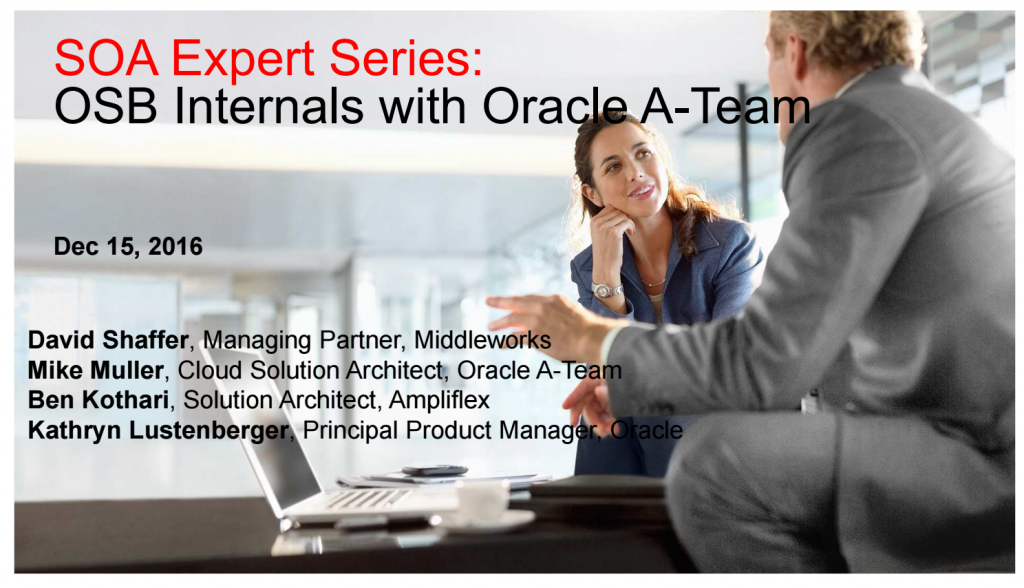


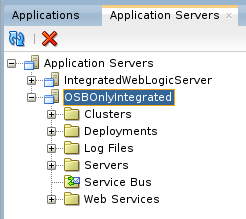
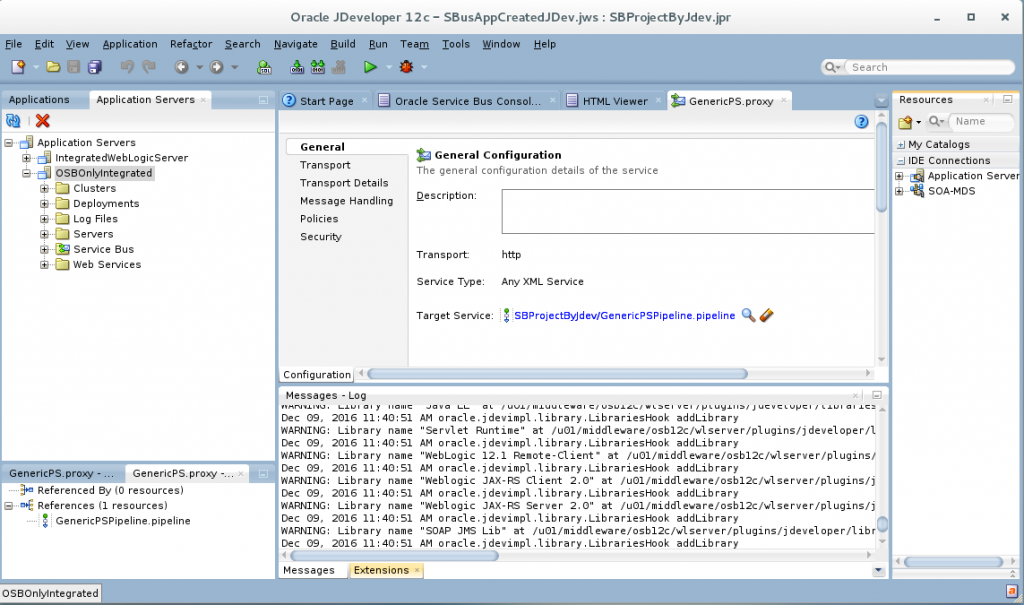

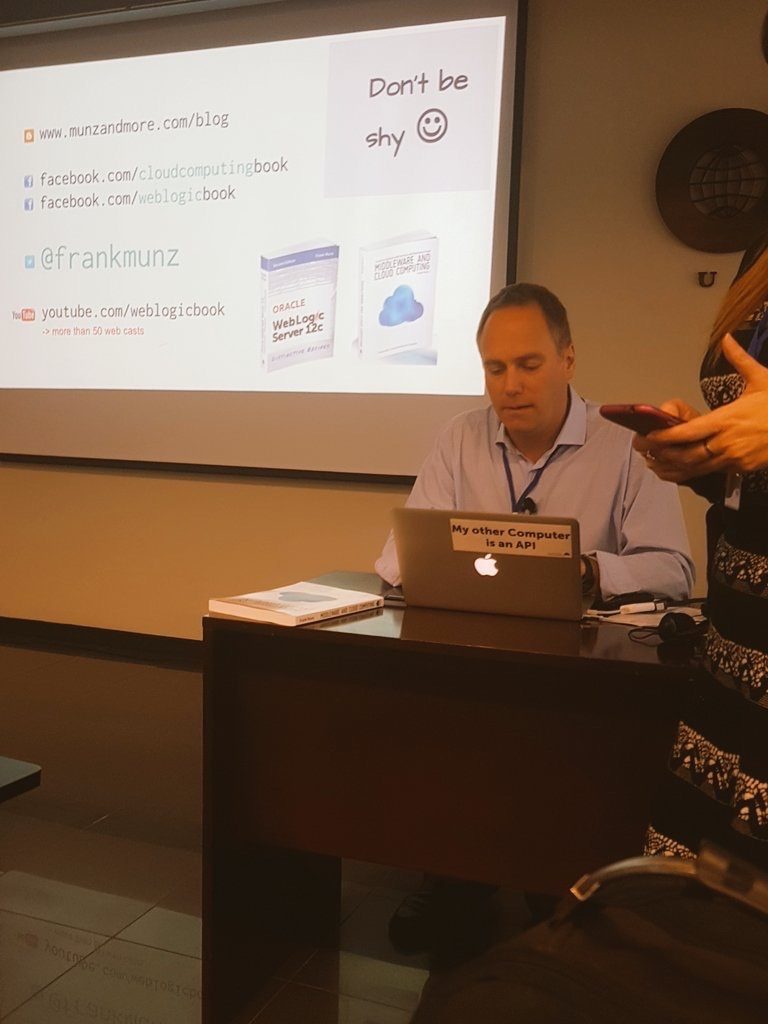
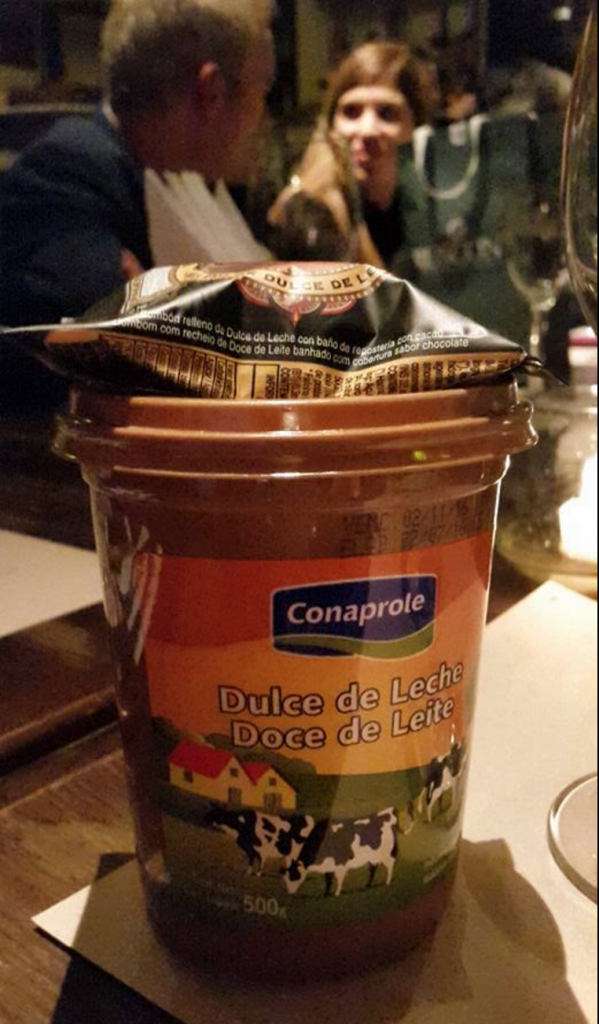

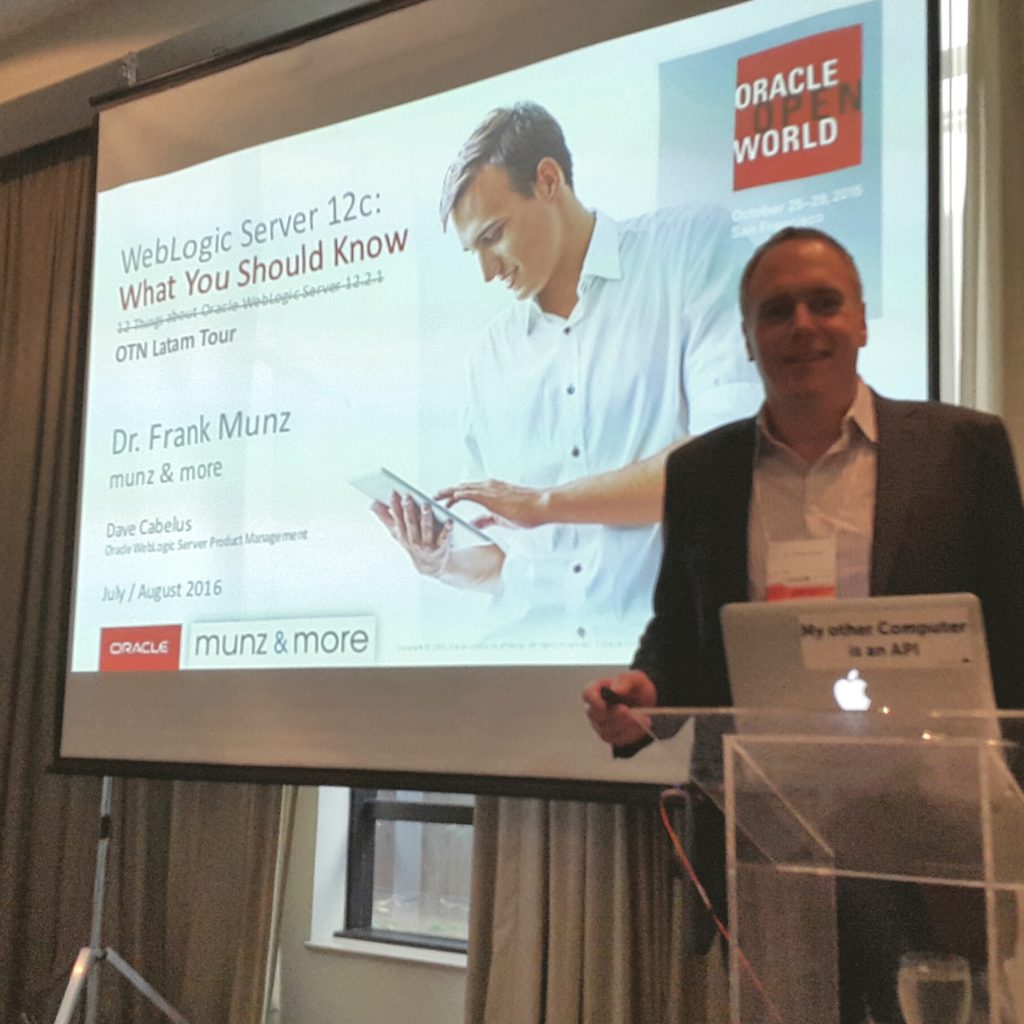

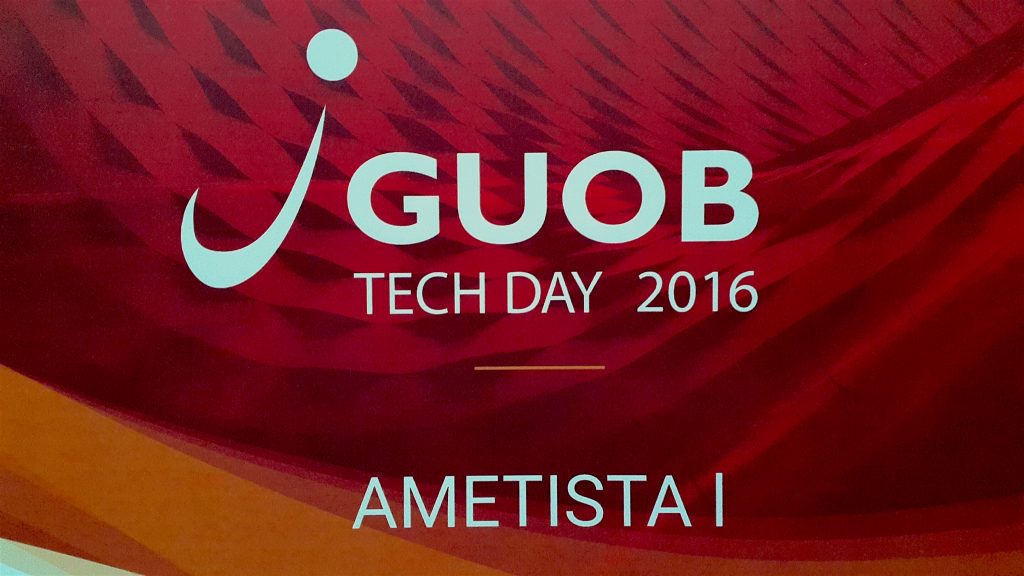
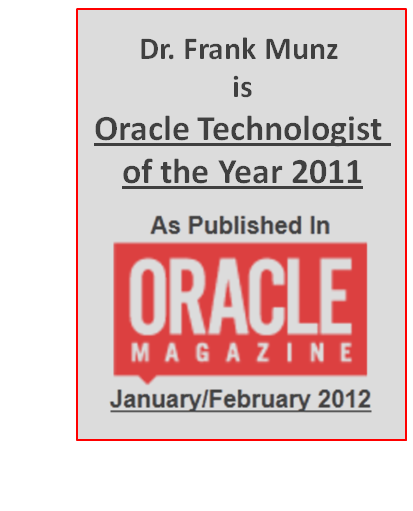
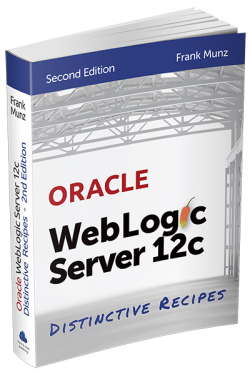 Oracle WebLogic Server 12c Book
Oracle WebLogic Server 12c Book Oracle Middleware and Cloud Computing Book
Oracle Middleware and Cloud Computing Book